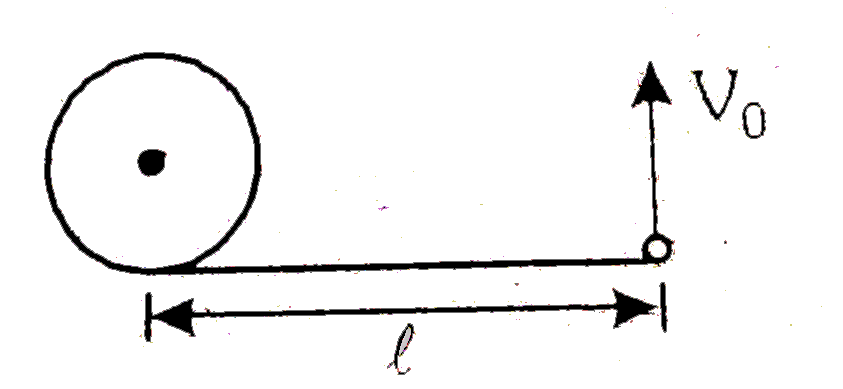In the reaction
CH3COOHLiAlH4−−−→(A)I2+NaOH−−−−−−→(B)Ag(Dust)−−−−−→(C), the final product C is:-Solution in Gujrati
C2H5I
C2H5OH
C2H2
CH3COCH3
The correct Answer is:C
Step by step video & image solution for In the reaction CH_(3)COOHoverset(LiAlH_(4))rarr(A)overset(I_(2)+NaOH)rarr(B)overset(Ag("Dust"))rarr(C), the final product C is:- by Physics experts to help you in doubts & scoring excellent marks in Class 12 exams.
Updated on:21/07/2023Topper's Solved these Questions
- TEST PAPERSBOOK - ALLEN CHAPTER - TEST PAPERSEXERCISE - Part-1 Physics
15 Videos
- TEST PAPERSBOOK - ALLEN CHAPTER - TEST PAPERSEXERCISE - part-2 physics
73 Videos
- TEST PAPERSBOOK - ALLEN CHAPTER - TEST PAPERSEXERCISE - PAPER 2
60 Videos
- TEST PAPER 4BOOK - ALLEN CHAPTER - TEST PAPER 4EXERCISE - PHYSICS
45 Videos
- UNIT & DIMENSIONS, BASIC MATHS AND VECTOR BOOK - ALLEN CHAPTER - UNIT & DIMENSIONS, BASIC MATHS AND VECTOR EXERCISE - Exercise (J-A)
7 Videos
Similar Questions
A quantity of 2 mole of helium gas undergoes a thermodynamic process, in which molar specific heat capacity of the gas depends on absolute temperatureT , according to relation:
C=3RT4T0
where T0 is initial temperature of gas. It is observed that when temperature is increased. volume of gas first decrease then increase. The total work done on the gas until it reaches minimum volume is :-
View SolutionA bead is connected with a fixed disc of radius R by an inextensible massless string in a smooth horizontal plane. If the bead is pushed with a velocity v0 prependicular to the string, the bead moves in a curve and consequently collapses on the disc. Then

View SolutionThe diagram shows the arrangement of three small uniformally charged spheres, A,B and C. The arrow indicate the direction of the electrostatic forces acting between the spheres (for example, the left arrow on sphere A indicates the electronstatic force on sphere A due to sphere B). At least two of the spheres are positively charged. Which sphere, if any, could be negatively charged?

View SolutionTwo forces, each of magnitude F have a resultant of the same magnitude F. The angle between the two forces is
View SolutionMatch List I with List II and select the correct answer using the codes given below the lists :

View SolutionIn the reaction CH_(3)COOHoverset(LiAlH_(4))rarr(A)overset(I_(2)+NaOH)rarr(B)overset(Ag("Dust"))rarr(C) , the final product C is:-
View SolutionWhich of the possible product for the following reaction is :
CH3−CH3∣ C=O∣C∣ C=O∣CH3−CH3LiAlH4−−−→PLiAlH4−−−→P
View SolutionCH3COCHI2/NaOH−−−−−→Heat[A]Ag/Heat−−−−→[B]H2SO4(al)−−−−−−→Hg2+[C]
View SolutionIn the following sequence of reactions: CH_(3)-Br overset(KCN)rarr A overset(H_(3)overset(+)(O))rarr B overset(LiAlH_(4))rarr C the end product (C ) is :
View SolutionGiven the following sequence of reaction
CH3CH2INaCN−−−→AOH−−−−−−−−→PartialHydrolysisBBr2/NaOH−−−−−−→C
The major product 'C' is
View SolutionThe product (D) in the following sequence of reactions is :
C2H4HBr−−→(A)NaOH(aq.)−−−−−−−→(B)Na−−→(C)CH3I−−→
View SolutionIn the reaction, CH_(3)COOH overset(LiAlH_(4))to(A) overset(I_(2)+NaOH)to (B) overset("Ag(dust)")to(C) The final product (C) is:-
View SolutionIn the following sequence of reaction, the product C is CH_(3)-Br overset(KCN) rarr A overset(H_(2)O^(+))rarr B overset(LiAlH_(4))underset("Ether")rarr C
View SolutionIn the given reaction sequence C6H5−COOHSOCl2−−−→(A)NH2OH−−−−→(B)NaOH/Δ−−−−−−→(C),
'C' will be
View SolutionIn the reaction
CH3COOHLiAlH4−−−→(A)I2+NaOH−−−−−−→(B)Ag(Dust)−−−−−→(C), the final product C is:-
View SolutionWrite the structure of the major organic product in each of the following reactions :
CH3CH2BrNaCN−−−→LiAlH4−−−→HNO2−−−−→−05∘C
View Solution
